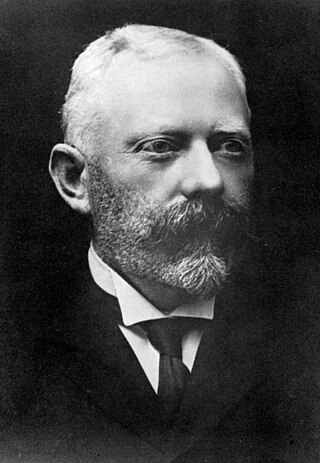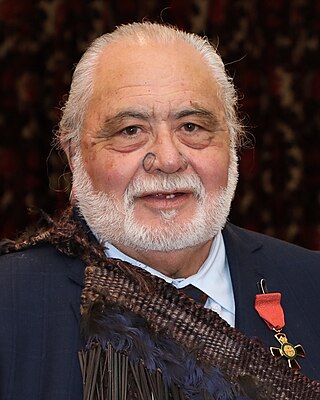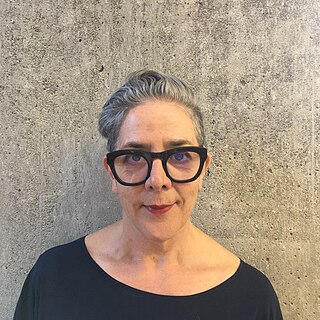
The Museum of New Zealand Te Papa Tongarewa is New Zealand's national museum and is located in Wellington. Usually known as Te Papa, it opened in 1998 after the merging of the National Museum of New Zealand and the National Art Gallery. An average of more than 1.5 million people visit every year, making it the 26th-most-visited art gallery in the world. Te Papa operates under a bicultural philosophy, and emphasises the living stories behind its cultural treasures.

Rita Angus was a New Zealand painter who, alongside Colin McCahon and Toss Woollaston, is regarded as one of the leading figures in twentieth-century New Zealand art. She worked primarily in oil and watercolour, and became known for her portraits and landscapes.
Shona Rapira Davies is a sculptor and painter of Ngātiwai ki Aotea tribal descent. Currently residing in Wellington New Zealand.

Clifford Hamilton Whiting was a New Zealand artist, teacher and advocate for Māori heritage.

Toi whakairo or just whakairo (carving) is a Māori traditional art of carving in wood, stone or bone.

Sir Harold Beauchamp was a New Zealand businessman and later two times chairman of the Bank of New Zealand. He is remembered as the father of author Katherine Mansfield.

Wi Te Tau Pirika Taepa is a significant figure in contemporary New Zealand ceramics, and a leading figure in contemporary Māori clay art.

Vivian Isabella Lynn was a New Zealand artist.
Jacqueline Fraser is a New Zealand artist of Ngāi Tahu descent.

Maureen Robin Lander is a New Zealand weaver, multimedia installation artist and academic. Lander is a well-respected and significant Māori artist who since 1986 has exhibited, photographed, written and taught Māori art. She continues to produce and exhibit work as well as attend residencies and symposia both nationally and internationally.
Kohai Grace is a New Zealand weaver. Her iwi are Ngāti Toa Rangatira, Ngāti Porou, Te Āti Awa and Ngāti Raukawa.
Areta Rachael Wilkinson is a New Zealand jeweller.
Ngataiharuru Taepa is a New Zealand artist of Māori and Pākehā descent.

Rongomaraeroa is the marae of the Museum of New Zealand Te Papa Tongarewa and incorporates a contemporary wharenuiTe Hono ki Hawaiki. It is located on the museum's 4th floor overlooking Wellington harbour, and was officially opened on 30 November 1997.

Peter Joseph John McLeavey was a New Zealand art dealer and advocate based in Wellington.
This is a timeline of the feminist art movement in New Zealand. It lists important figures, collectives, publications, exhibitions and moments that have contributed to discussion and development of the movement. For the indigenous Māori population, the emergence of the feminist art movement broadly coincided with the emergence of Māori Renaissance.
Saffronn Te Ratana is a New Zealand visual artist in Palmerston North.

Ella Grace Elgar was a New Zealand socialite and art collector.

Susan Margaret Smith, known as Huhana Smith, is a contemporary New Zealand artist and academic, and head of Whiti o Rehua School of Art at Massey University. Between 2003 and 2009, she was senior curator Māori at Te Papa.
Awhina Tamarapa is a New Zealand Māori museum curator and writer in the field of museum studies. She has tribal affiliations to Ngāti Kahungunu, Ngāti Ruanui and Ngāti Pikiao.
















